Marketing vs branding are the two crucial components of any business strategy. It is important to note that while both serve important purposes, they need to be approached differently. In this blog post, we’ll explore the differences between marketing and branding in the following points:
Table of Contents
Purpose:
The purpose of marketing is to generate revenue and increase sales for a business. It is focused on promoting a specific product or service to a target audience with the aim of driving immediate results. Marketing efforts are typically short-term and focused on achieving specific goals, such as generating leads, closing sales, or increasing website traffic.
Marketing is often a reactive strategy, meaning it responds to changes in market conditions, consumer behaviour, and other external factors. Marketing teams are constantly analyzing data and making adjustments to their tactics to maximize results. For example, they may adjust their advertising strategy based on feedback from customers or launch a new promotional campaign in response to a competitor’s product release.
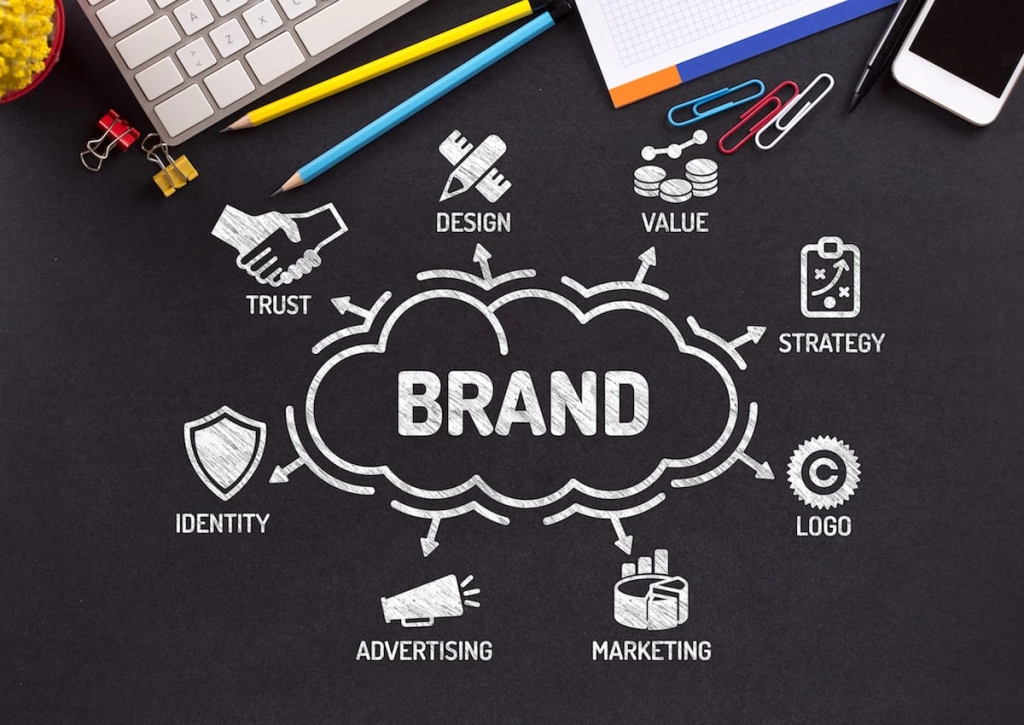
The goal of branding, on the other hand, is to create a unique and recognizable image and reputation for a business, product, or service in the minds of consumers. The purpose of branding is to build long-term relationships with customers by creating an emotional connection and fostering loyalty to a brand.
Branding is a proactive strategy, meaning it requires a long-term vision and a commitment to consistency over time. It involves creating a unique brand identity that is consistently communicated across all touchpoints, from the design of the logo and packaging to the tone of voice used in advertising and the quality of customer service.
The purpose of branding is to create a strong and memorable impression that sets a business apart from its competitors and creates a sense of trust and loyalty among customers. By building a strong brand, businesses can attract and retain customers who are willing to pay a premium for their products or services and become advocates for the brand, generating word-of-mouth referrals and contributing to the growth and success of the business over the long term.
Timeframe:
Marketing is generally a short-term strategy that focuses on achieving immediate results, such as increasing sales, generating leads, or driving website traffic. Marketing campaigns are typically designed to have a specific start and end date, and the achievement of specific goals within that timeframe measures their success.
Marketing tactics are often responsive to changes in the market or to new opportunities that arise. For example, a business might launch a new marketing campaign to promote a sale or discount, coincide with a holiday or event, or respond to a new competitor entering the market.
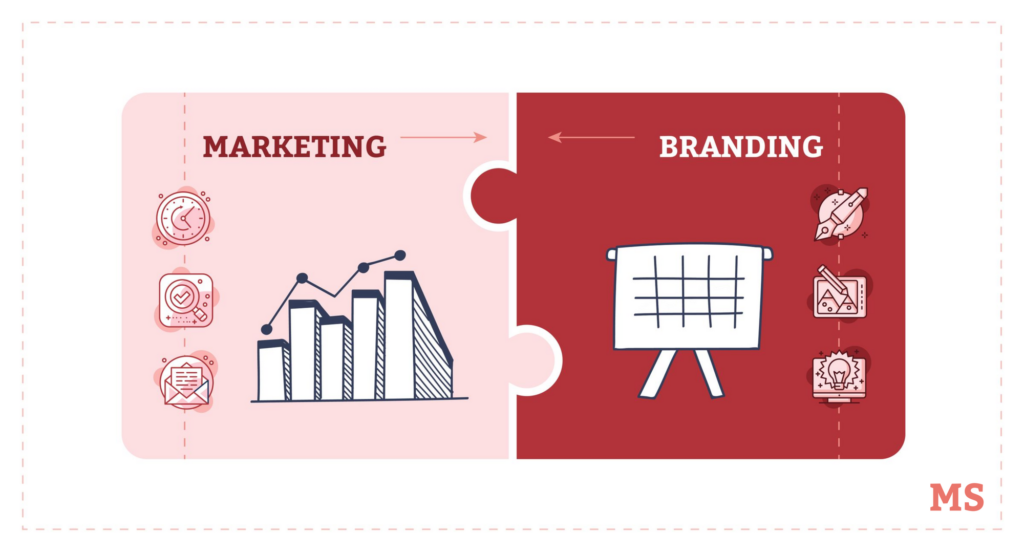
Marketing tactics can be adapted quickly to respond to changes in the market or consumer behaviour, making them an effective way to stay competitive in a fast-moving market. However, marketing tactics can also be more expensive than branding efforts, as they often require significant investments in advertising, promotions, and other marketing channels.
In contrast, branding is a long-term strategy that requires consistency and commitment over time. Building a strong brand takes time and effort, and it is an ongoing process that requires constant attention and care.
Branding is a proactive strategy that is focused on creating a unique and recognizable image and reputation for a business that will endure over time. It involves creating a consistent and cohesive brand identity that is communicated across all touchpoints, including the company’s products and services, its website, its social media channels, and its customer service.
Success in branding efforts is measured over the long term, and the metrics used to evaluate the success of branding are often more subjective than those used to measure the success of marketing campaigns. Metrics like brand recognition, customer loyalty, and reputation take time to build and are often measured through surveys, customer feedback, and other qualitative methods.
While branding requires a longer-term commitment than marketing, it can be a more cost-effective way to build a sustainable business over time. A strong brand can help businesses stand out from their competitors, increase customer loyalty, and attract new customers who are drawn to the brand’s unique values and personality.
Scope:
The scope of marketing is primarily focused on generating revenue and increasing sales for a business. This involves identifying and targeting specific customer segments with the aim of driving immediate results. Marketing efforts are often reactive, meaning they respond to changes in the market or new opportunities that arise.

The scope of marketing includes a wide range of tactics and strategies, including advertising, promotions, direct mail, email marketing, content marketing, social media marketing, and more. The goal of these tactics is to create a sense of urgency and persuade potential customers to take action, such as making a purchase or signing up for a service.
Marketing campaigns typically have a specific timeframe, often lasting only a few weeks or months. The success of marketing campaigns is measured by a range of metrics, including website traffic, leads generated, conversion rates, and sales revenue.
The scope of branding, on the other hand, is focused on creating a unique and recognizable identity for a business that sets it apart from its competitors. This involves creating a cohesive and consistent brand identity that is communicated across all touchpoints, including product design, packaging, advertising, website design, and customer service.
The scope of branding is broader than marketing, as it is focused on building long-term relationships with customers rather than achieving immediate results. The goal of branding is to create a strong emotional connection with customers that will endure over time and create a sense of loyalty and trust.
Branding efforts are often more subjective than marketing campaigns, as they are focused on creating a brand personality and reputation rather than achieving specific metrics. However, there are a range of metrics that can be used to measure the success of branding efforts, including brand recognition, customer loyalty, and reputation.
In summary, the scope of marketing is focused on generating revenue and increasing sales in the short term, while the scope of branding is focused on building a unique and recognizable identity for a business that will endure over time and create a sense of loyalty and trust among customers. While marketing and branding are different, they are both essential components of a successful business strategy.
Audience:
The audience for marketing is typically the target customers of a business who are likely to make a purchase or take a desired action. This can include a wide range of demographics, depending on the product or service being marketed. Marketing efforts are designed to reach and persuade potential customers to take specific actions, such as making a purchase, signing up for a service, or providing their contact information.
Marketing campaigns are typically targeted at specific segments of the audience, based on factors such as age, gender, income, geographic location, interests, and behavior. The goal is to create personalized messaging that resonates with the target audience and encourages them to take action.

Marketing efforts often utilize a wide range of channels to reach potential customers, including online advertising, social media, email marketing, direct mail, and more. The messaging and creativity used in marketing campaigns are designed to be attention-grabbing and persuasive, with the goal of generating immediate results.
The audience for branding is broader than the audience for marketing, as it includes both current and potential customers of a business. Branding efforts are focused on building a unique and recognizable identity for a business that sets it apart from its competitors and creates a sense of loyalty and trust among customers.
The audience for branding includes a wide range of stakeholders, including customers, employees, shareholders, and partners. The messaging and creativity used in branding efforts are designed to create a consistent and cohesive brand identity that resonates with all of these stakeholders.

Branding efforts typically utilize a wide range of touchpoints to reach the audience, including product design, packaging, advertising, website design, and customer service. The messaging and creativity used in branding efforts are focused on creating a strong emotional connection with the audience, with the goal of building a long-term relationship based on trust and loyalty.
In summary, the audience for marketing is focused on potential customers who are likely to take a specific action, while the audience for branding is broader and includes a wide range of stakeholders who are invested in the reputation and identity of a business.
Metrics
are an important part of measuring the success of both marketing and branding efforts. While the specific metrics used will vary depending on the goals and tactics of the campaign, there are some common metrics used in each area.
Metrics for the marketing campaign are typically focused on generating immediate results, such as sales revenue, website traffic, leads generated, conversion rates, and return on investment (ROI). These metrics are used to evaluate the effectiveness of specific marketing campaigns and tactics, as well as to optimize future campaigns.

Some common metrics used in marketing include
- Conversion rate: The percentage of website visitors who take the desired action, such as making a purchase or signing up for a service.
- Cost per acquisition (CPA): The cost of acquiring a new customer, calculated by dividing the total cost of a campaign by the number of new customers generated.
- Click-through rate (CTR): The percentage of people who click on a specific link in a marketing campaign, such as an email or an ad.
- Return on investment (ROI): The ratio of the profit generated by a marketing campaign to the total cost of the campaign.
Metrics for branding efforts are typically focused on measuring the effectiveness of building brand awareness and creating a strong emotional connection with customers. These metrics are often more subjective and difficult to measure than those used in marketing.

Some common metrics used in branding include
- Brand recognition: The percentage of people who recognize a brand name or logo.
- Customer loyalty: The percentage of customers who continue to purchase from a brand over time.
- Net promoter score (NPS): A measure of customer satisfaction and loyalty, calculated by subtracting the percentage of detractors (customers who are unlikely to recommend the brand) from the percentage of promoters (customers who are likely to recommend the brand).
- Reputation: A measure of a brand’s overall perception of the market, based on factors such as customer reviews, media coverage, and public opinion.
In summary, the metrics used in marketing are focused on generating immediate results, while the metrics used in branding are focused on measuring the effectiveness of building brand awareness and creating a strong emotional connection with customers over time.
Approach:

The approach to marketing and branding is different, and each requires a specific strategy to be successful. While the approach to marketing is often more tactical and focused on driving sales and revenue in the short term, the approach to branding is more strategic and focused on building a long-term reputation and emotional connection with customers.
Marketing approach:
Our approach to marketing is focused on generating immediate results and driving revenue. Marketing efforts are designed to reach and persuade potential customers to take specific actions, such as making a purchase, signing up for a service, or providing their contact information. The key to successful marketing is to create a compelling message that resonates with the target audience and motivates them to take the desired action.
The marketing approach typically involves:
- Identifying the target audience: This involves researching and analyzing the demographics, interests, and behaviour of the target audience to create a profile of the ideal customer.
- Creating a compelling message: This involves developing messaging and creativity that resonates with the target audience and persuades them to take the desired action.
- Choosing the right channels: This involves selecting the channels that are most likely to reach the target audience, such as online advertising, social media, email marketing, and direct mail.
- Measuring results: This involves tracking key metrics such as conversion rates, website traffic, and ROI to evaluate the effectiveness of specific marketing campaigns and tactics.
Branding approach:
Our approach to branding is focused on building a long-term reputation and emotional connection with customers. Branding efforts are designed to create a unique and recognizable identity for a business that sets it apart from its competitors and creates a sense of loyalty and trust among customers. The key to successful branding is to create a consistent and cohesive brand identity that resonates with all stakeholders.
The branding approach typically involves:
- Defining brand identity: This involves developing a clear and consistent brand identity, including the brand name, logo, tagline, and messaging.
- Building brand awareness: This involves creating a consistent and recognizable presence across all touchpoints, such as product design, packaging, advertising, website design, and customer service.
- Creating an emotional connection: This involves using storytelling and other techniques to create a strong emotional connection with customers and other stakeholders.
- Measuring brand equity: This involves tracking key metrics such as brand recognition, customer loyalty, and reputation to evaluate the effectiveness of specific branding campaigns and tactics.
In summary, the approach to marketing is focused on generating immediate results and driving revenue, while the approach to branding is focused on building a long-term reputation and emotional connection with customers. Each requires a specific strategy and set of tactics to be successful.
Flexibility:
Flexibility is an important factor to consider when comparing marketing and branding. While both areas require a certain level of flexibility, there are some key differences in how each approach can be adapted to changing circumstances.
Marketing flexibility:
Marketing campaigns need to be flexible to adapt to changes in the market or shifts in consumer behavior. This means that marketers need to be able to pivot quickly and make adjustments to their strategies in response to new information or trends. For example, if a specific advertising channel is not generating the expected results, the marketer may need to shift their focus to another channel that is more effective.
Some ways marketers can be flexible include:
- Testing and optimizing: By testing different approaches and measuring the results, marketers can identify which strategies are most effective and make adjustments accordingly.
- Using real-time data: Marketers can use real-time data to monitor the effectiveness of campaigns and make adjustments in real-time, such as adjusting ad spending or changing messaging.
- Staying up-to-date: Marketers need to stay up-to-date on industry trends, changes in consumer behaviour, and new technologies in order to stay relevant and competitive.
Branding flexibility:
While branding campaigns also need to be flexible to adapt to changing circumstances, the approach is typically more long-term and focused on building a consistent brand identity over time. Branding campaigns require a strong, consistent message that can withstand changes in the market and consumer behaviour. For example, a brand that emphasizes sustainability must maintain this message consistently over time, even if sustainability becomes less of a priority for consumers.
Some ways branding can be flexible include:
- Evolving over time: Brands need to evolve over time to stay relevant, but they also need to maintain a consistent message and identity.
- Building a strong foundation: Brands need to have a strong foundation that can withstand changes in the market and consumer behaviour. This includes having a clear brand purpose and values.
- Maintaining consistency: Brands need to maintain consistency in their messaging and identity over time, even as they adapt to changes in the market.
In summary, flexibility is important for both marketing and branding. Marketing campaigns require a more immediate level of flexibility to adapt to changes in the market and consumer behaviour, while branding campaigns require a long-term focus on maintaining a consistent message and identity over time.
Marketing in digital marketing:
Marketing in digital marketing refers to the process of promoting products or services to a target audience through various online channels such as search engines, social media, email, and websites. It involves various strategies, including search engine optimization (SEO), pay-per-click advertising (PPC), social media marketing, email marketing, and content marketing. The goal of digital marketing is to reach and engage with the target audience and convert them into customers by creating brand awareness, building trust, and establishing a relationship with them. The success of digital marketing depends on understanding the target audience, creating a strong brand image, and using data and analytics to track and optimize marketing campaigns.
for more digital marketing course queries, visit: https://digiskillzz.com/
Branding in digital marketing:
Branding in digital marketing refers to the process of creating and maintaining a unique and recognizable identity for a business, product, or service in the online world. It includes visual and messaging elements that distinguish the brand from its competitors and make it easily memorable and recognizable to the target audience. Key elements of branding in digital marketing include brand identity, brand voice, user experience, social media presence, and content marketing. A strong brand image helps build brand awareness, establish a relationship with the target audience, and differentiate the brand from its competitors.
Conclusion:
marketing vs branding is related but distinct concepts. Marketing is the process of promoting and selling products or services, while branding is the process of creating and managing a company’s identity and reputation. Marketing focuses on tactics and strategies to reach and persuade customers, while branding focuses on creating a unique and recognizable image, voice, and personality for the company.
While marketing is important for driving sales and revenue, branding is crucial for building a strong and lasting relationship with customers. A well-crafted brand can create a loyal customer base that values the company beyond its products or services. In short, marketing is a short-term tactic while branding is a long-term strategy. Both are important for business success and should be integrated and aligned with each other to achieve the best results.


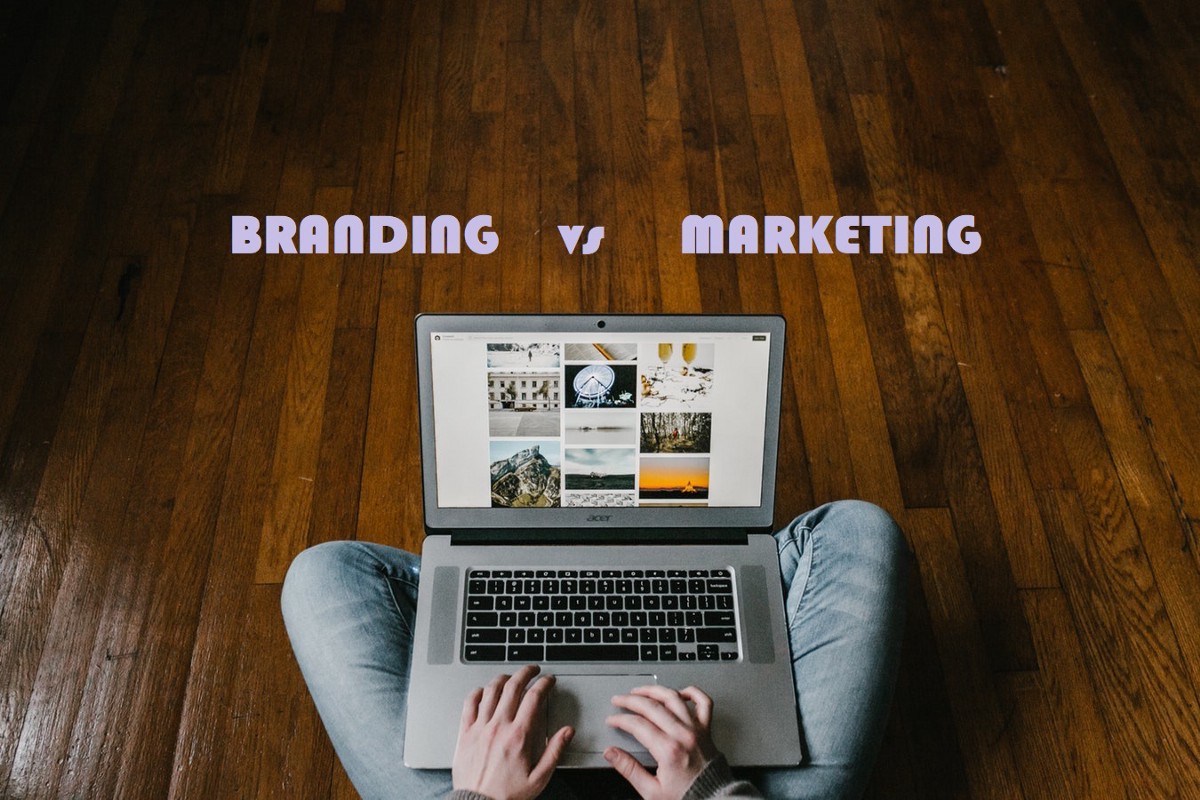


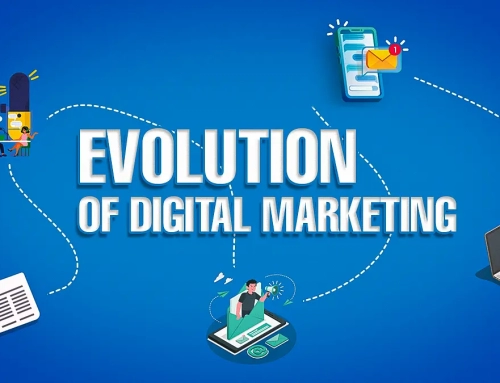



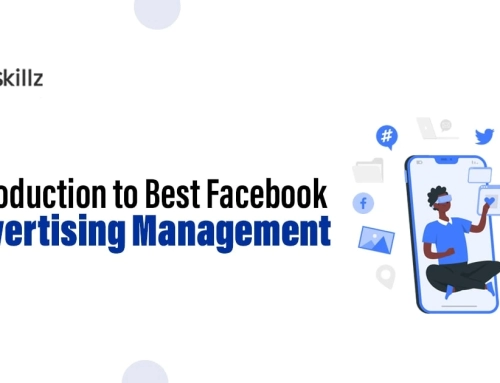


Leave A Comment